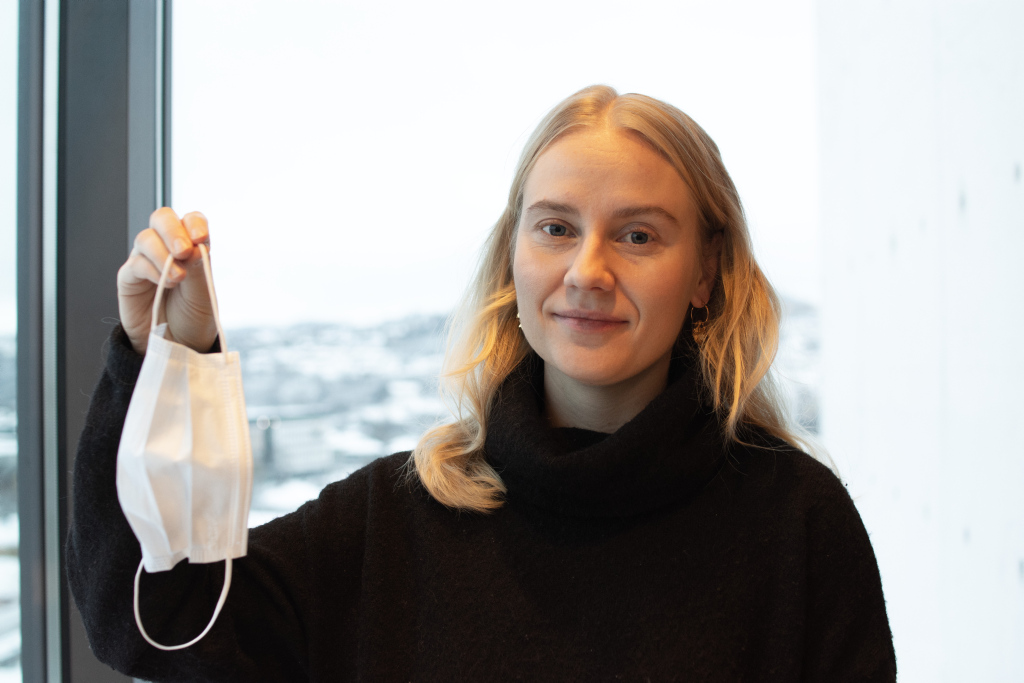My research centers around quantifying and integrating impacts of plastic debris within the framework of life cycle impact assessments (LCIA). Plastic debris can have many different effects on animal and plant life, but I focus on those of entanglement, where marine animals get stuck in e.g., old ropes, nets or strapping bands which can lead to mortality and biodiversity loss.
Collecting data so we can predict the impacts
We make the impact assessment model by collecting data on entanglement prevalence from field research for different species and all ocean basins, and relate this to plastic debris concentration estimates. In order to integrate this impact in LCIA (mentioned above), I also need a fate model which accounts for how macroplastic is distributed and degraded in the different compartments of the marine environment. This is done using observations and ocean circulation models, while taking into account the different properties of plastic.
> A stepping stone in my research project: see article in Ecological indicators: “Global distribution of potential impact hotspots for marine plastic debris entanglement“
We know much more about ecosystems on land
It is important to include impacts of mismanaged plastic in life cycle assessments, because when they are not, that implies assuming a 100% perfect waste collection and treatment with no “plastic leakage”. This is certainly not the case, as we know that millions of tons of plastic end up in the marine environment every year, transported by wind, rivers or directly littered at sea. The marine environment is also in general underrepresented in impact assessment frameworks compared to the terrestrial environment, so making impact models for marine ecosystems is crucial.
Better assessments of material types
By quantifying these unwanted effects of our plastic consumption, use and disposal, trade-offs between different material types can be assessed in a more comprehensive and just manner.
Safeguarding marine species from plastic pollution internationally
This research topic also contributes to highlighting the animal welfare issue of entanglements, and that multinational efforts are required in safeguarding marine species from plastic pollution as this is a transboundary issue. The topic is in line with the Sustainable Development Goal (SDG) no. 14.1 which aims to “by 2025, prevent and significantly reduce marine pollution of all kinds, particularly from land-based activities, including marine debris and nutrient pollution”.
More about me
I completed my master’s degree at the Industrial Ecology Programme at NTNU, and my research topic was related to marine plastic debris. As such, the PhD was a natural continuation of what I worked on during the master. Prior to moving to Trondheim, I took my bachelor’s in biology at NMBU in Ås. Within my PhD topic I get to combine my interest for nature and biodiversity with new modelling approaches and sustainability assessment tools which makes it interesting and meaningful.


